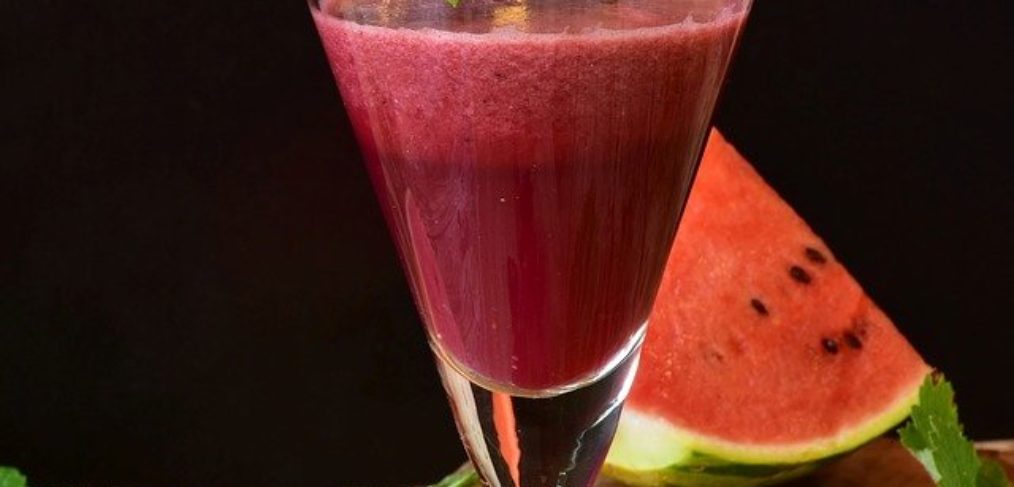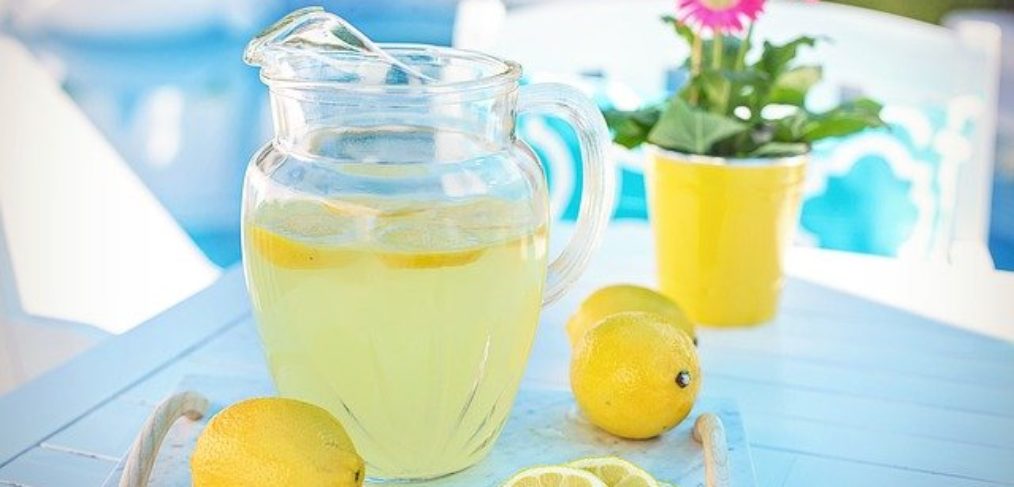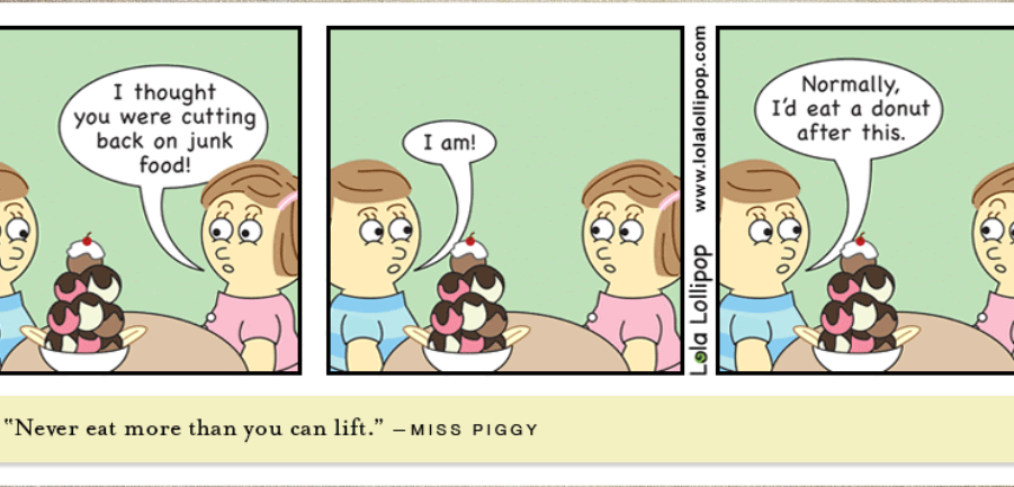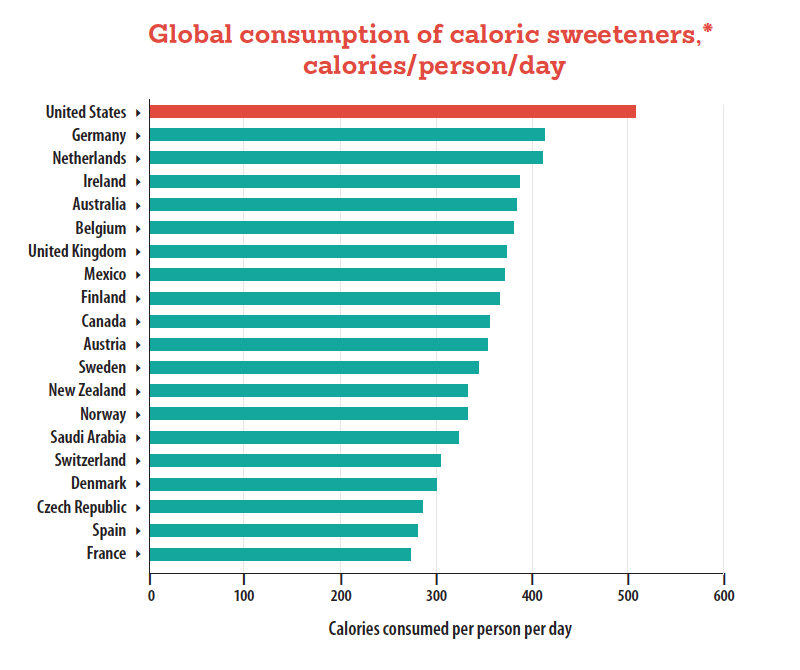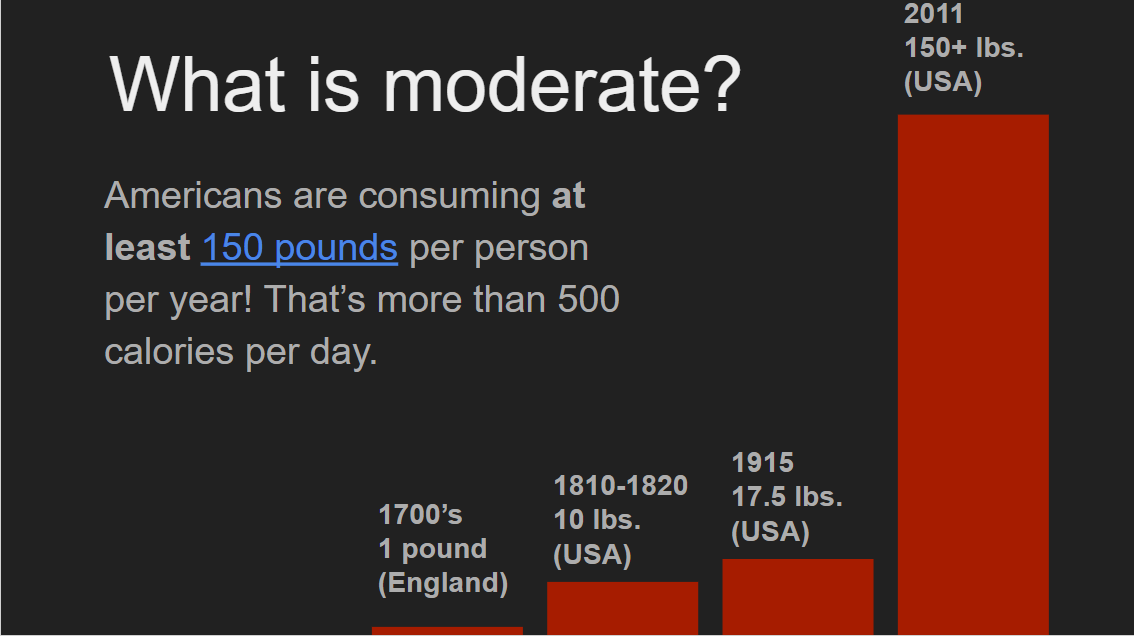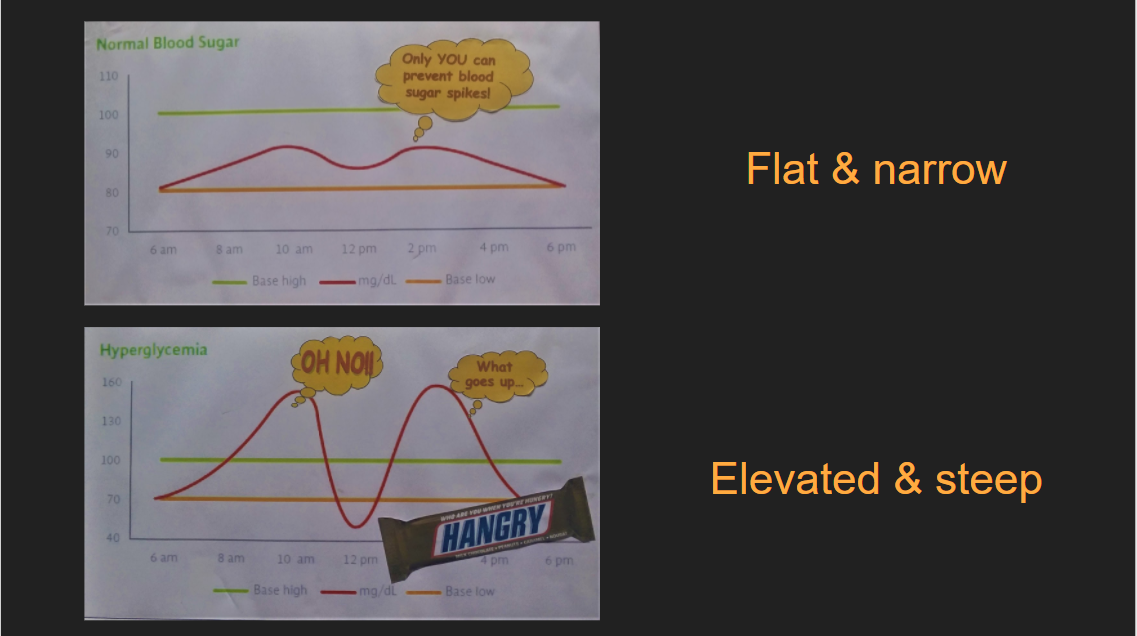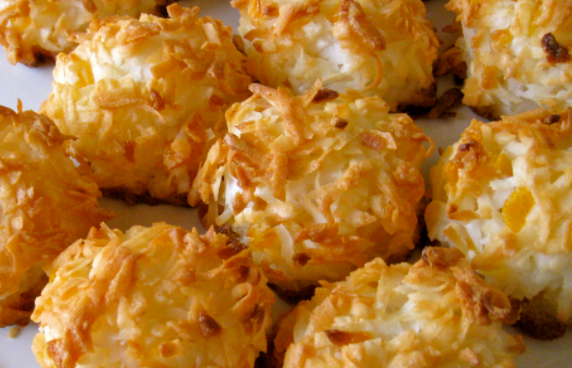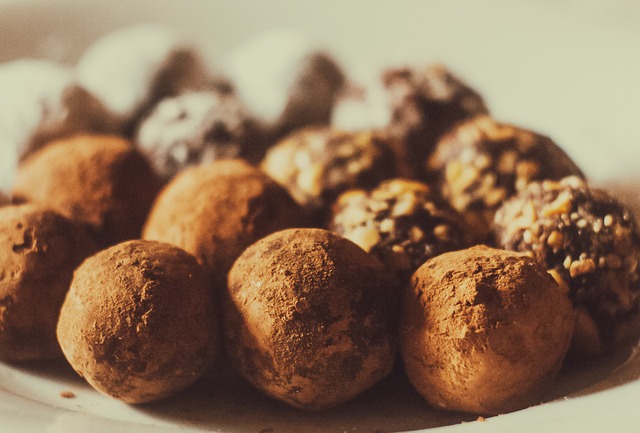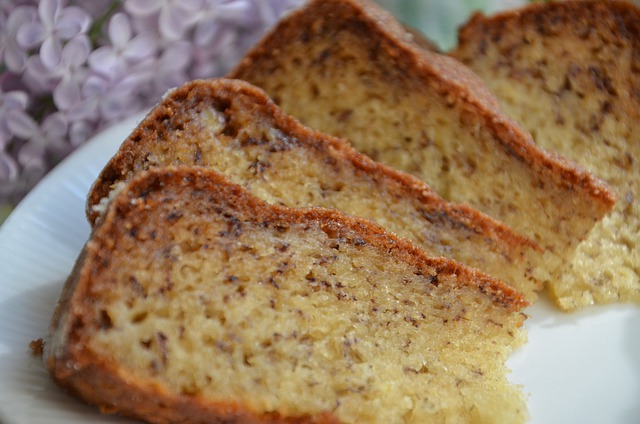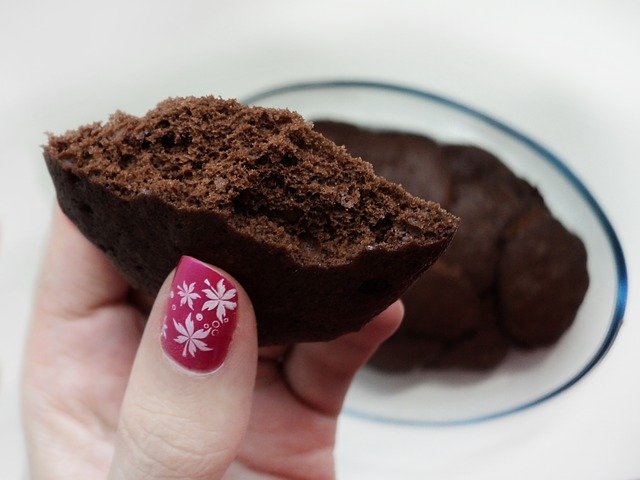Want to stop being hangry? Do you feel like a dragon when you get hungry. Help is here for the snarky creature you become. Your irritability happens because your blood sugars drop too far. But that doesn’t mean you should grab a candy bar or eat every 2-3 hours. On the contrary, fueling yourself with well-spaced traditional meals may be more effective to help you stop being hangry.
Eat a Balanced Breakfast
When you break your fast is not as important as how your break your fast. It is true that eating sooner than later definitely brings relief if you want to stop being hangry. But having a balance of carbohydrates, fats, and proteins for your first meal of the day weighs in more heavily to maintain your blood sugar balance. Your mocha and muffin actually exacerbate your grouchy crankiness. They drive your blood sugars abnormally high and set you up for an even greater crash. This starts of cycle of alternating highs and lows for the day.
So, for breakfast, consider a combination carbs, fats, and proteins to keep you running smoothing for hours. For example, you might try one of these combinations:
- Oats, protein powder, and chia seeds, with (nut) butter, cream, or coconut milk
- Whole grain sprouted toast with ham, swiss, and poached egg
- Cottage cheese, strawberries, hemp seed & pistachios on whole grain toast
- Scrambled egg, black beans, cheese and salsa in a corn tortilla
- Fried egg, smoked salmon & avocado on a sweet potato half
- Greek yogurt, ricotta, lemon zest, almonds, berries, and chia seeds
- Sausage patty, pineapple ring, and cheese in a lettuce wrap
Stop Being Hangry with Smart Snacking
When the hunger dragon strikes, your urge might be to snarf a bag of cookies or chips. However, combining an unrefined fat (such as nuts or seeds) with a slow-burning carbohydrate (such as a vegetable) will stabilize your blood sugars and keep you fueled longer. Therefore, wise combinations of whole foods stop you from being hangry. Here are some suggestions:
- Strawberries & pistachios
- Pico de gallo & boiled egg
- Baby carrots & hummus
- Celery & sunflower seed butter
- Snap peas & tahini
- Mandarin oranges & guacamole
- Cherry tomatoes & olives
- Banana & walnuts
- Whole grain cracker & smoked salmon
- Blueberries & Greek yogurt (Fage Total)
- Dates & goat cheese
Count Quality as Much as Quantity
Many people think they must eat a low-carbohydrate diet in order to stop being hangry. Rather than reducing your carbohydrates, consider changing the type of carbohydrates you eat. Grab a handful of berries instead of a glass of juice in the morning. Build your pasta with squash or sweet potato instead of noodles. Choose a whole fruit instead of pastries when you want something sweet. Maximize your vegetable intake. Avoid sugary, sweetened beverages, products made with refined flour, and commercial snack foods. Instead, choose plant foods in their natural form that don’t come with a nutrition label: whole grains, nuts, seeds, fruits, and especially vegetables.
Don’t Skimp on Natural Fats
You may have been taught to eat a low-fat diet. Unfortunately, to satiate your hunger, you have tried to fill up on crackers, chips, sodas, and other processed foods. These are like kindling on your metabolic fire. They flare up in a burst of energy, then fade away quickly into ashes. On the other hand, fats are like logs. They burn long and slow. That doesn’t mean you should eat fries and fry sauce to stop being hangry. Nature’s foods are naturally balanced with fats, proteins and carbohydrates. Milk, eggs, meat, nuts, and seeds all have fats that work in harmony with your body. So capitalize on foods such as olives, avocados, butter, pastured and wild-caught meats, and other traditional foods to keep your blood sugars balanced.
Lower Your Stress to Stop Being Hangry
Did you know that stress can wreak more havoc on blood sugars than a poor diet? When you are under pressure, you need a ready source of energy to fight your dragons. Of course, this sets up cravings for fast fuel: empty carbohydrates. So, if you want to stop being hangry, you might need to take a few deep breaths and get back in control of your stress.


